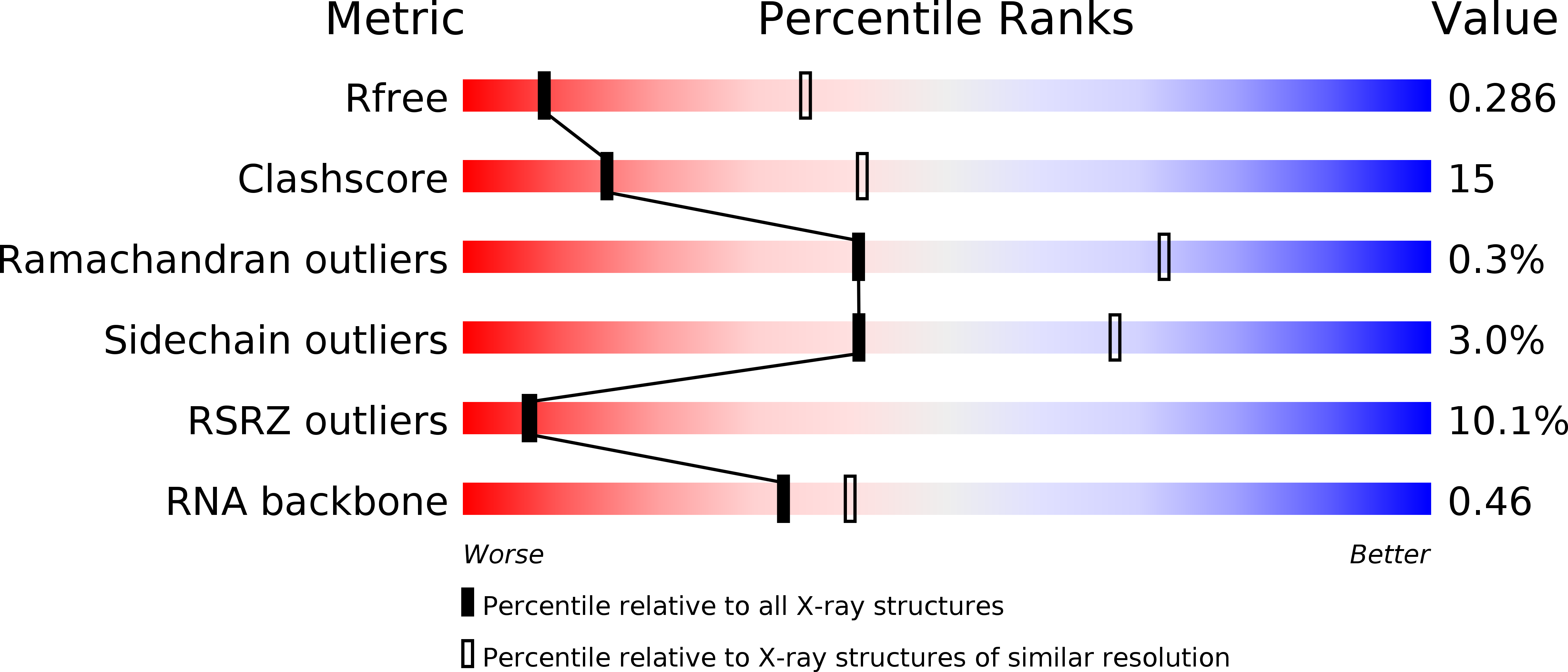
Deposition Date
2017-06-07
Release Date
2017-08-16
Last Version Date
2024-05-08
Entry Detail
PDB ID:
5O6U
Keywords:
Title:
Structure of the Cascade-I-Fv R-loop complex from Shewanella putrefaciens
Biological Source:
Source Organism:
Shewanella putrefaciens CN-32 (Taxon ID: 319224)
Host Organism:
Method Details:
Experimental Method:
Resolution:
3.25 Å
R-Value Free:
0.28
R-Value Work:
0.25
R-Value Observed:
0.25
Space Group:
P 32 2 1


